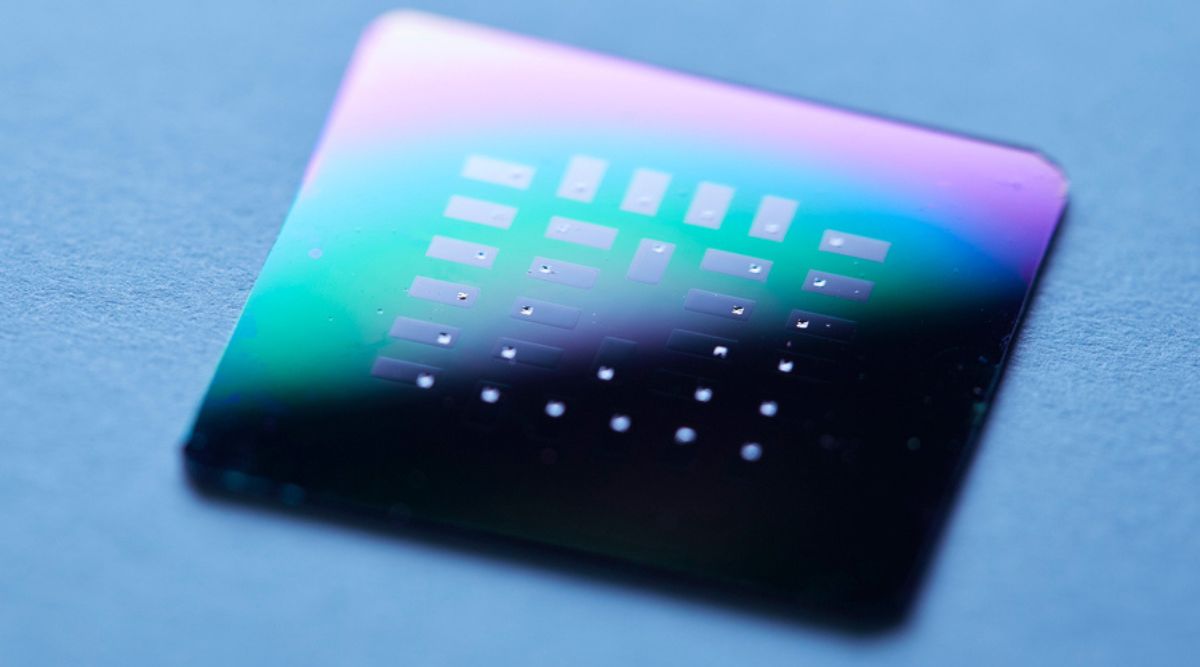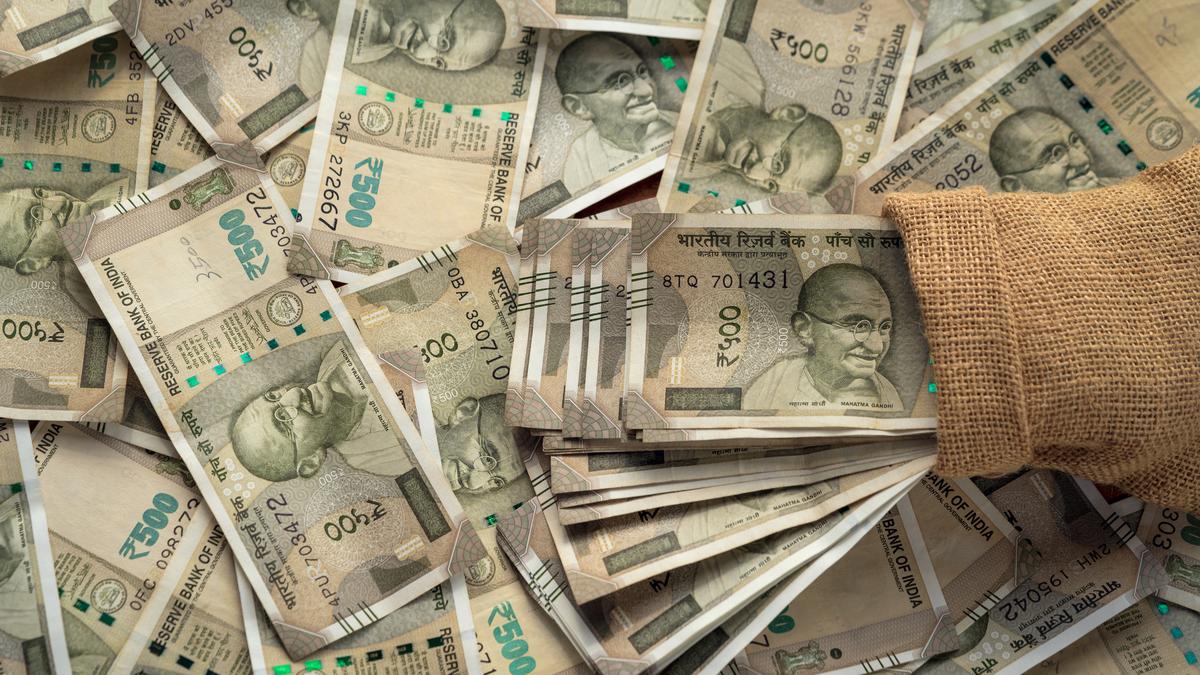With smartphones becoming an indispensable part of our lives, you might be constantly looking for ways to preserve your device’s battery health. And while there is no shortage of “battery saving” tips on the internet, many of them are quite outdated and do not apply to modern devices.
From killing background apps to charging your phone overnight, here we bust some of the most common battery myths.
Clearing background apps saves battery
One of the most common myths surrounding batteries is that the more apps you have open on your phone, the more power it will consume. While this might be true for phones that are more than a decade old, modern versions of Android and iOS automatically pause apps when they are in the background.
The fact of the matter is that your phone may consume more battery even if you clear your open apps frequently. This is because it will have to remove those apps from memory and relaunch them from the storage the next time you open them. In case you are wondering, the only time you should close your apps is when they are not responding or if you aren’t going to use them for a while.
Overcharging might damage the battery
Another common battery-saving myth you should steer clear of is that overcharging your phone might negatively impact the battery health. However, unlike some battery myths, this one does have some legitimate origins.
Back in the days of lithium-ion batteries, the device would overheat when kept on charge for a long time, ultimately degrading the battery life. However, most modern smartphones that were launched in the last couple of years have a built-in mechanism to prevent damage from overcharging.
As your phone is nearing its full battery capacity, it turns to trickle charging, a method that charges the battery at a slow pace. This is why you might often notice that the phone charges very slowly when it is about to hit 10o per cent.
Story continues below this ad
Using third-party chargers damages the battery
Most of us charge our phones with the charger that comes in the box, because smartphone manufacturers claim that charging phones with third-party or unofficial power bricks might damage the battery.
And while some smartphones come with proprietary charging standards, there are numerous phones like Apple iPhone 15, Google Pixel 9, Samsung Galaxy S25 Ultra and more which support standards like USB Power Delivery PPS. This means that you don’t need to buy an official charger to juice up these devices as quickly as possible. Just make sure that you stick to a reputable brand when buying a third-party charger.
Keeping Wi-Fi and Bluetooth enabled drains battery
Another rumour that has stuck around for years is that keeping your phone’s Wi-Fi and Bluetooth enabled drains your smartphone’s battery. This was true more than a decade ago, but with advancements in technology and optimisations to Android and iOS, it isn’t the case anymore.
Disabling these radios might indeed help you get a few minutes of screen time, but the difference is quite negligible. If you have a charger nearby or can charge your phone at the end of the day, we recommend you leave these services enabled.
Story continues below this ad
You should drain the battery to zero before charging
This battery myth is totally false. In fact, you should avoid letting your phone get to zero per cent whenever possible, since it will require more energy to charge back up. However, this myth has some basis. Older battery technologies like nickel-cadmium would often ‘forget’ their full capacity if they weren’t drained to zero per cent, but this does not apply to the Lithium-ion ones. If you have a phone that was launched in the 2010s, it most likely has a lithium-ion battery.
If you want to get the most out of your smartphone battery, experts recommend that you avoid letting it drain below 20 per cent. However, the effect is quite unnoticeable in the short term since most modern phones retain at least 80 per cent of their original capacity even after years of heavy use.
For those looking for ways to prolong their battery health, here are 5 tips that can help you keep your smartphone battery healthy.







